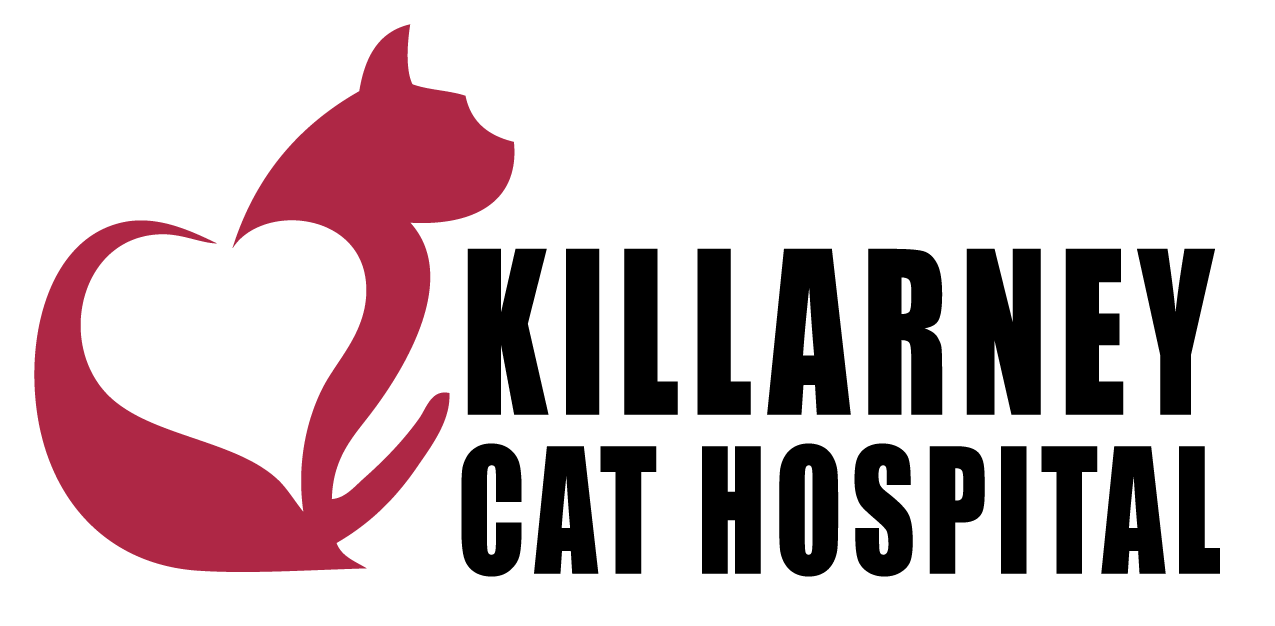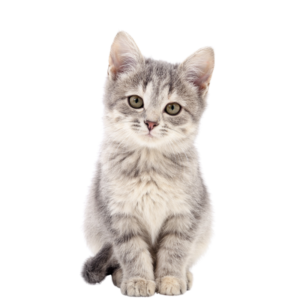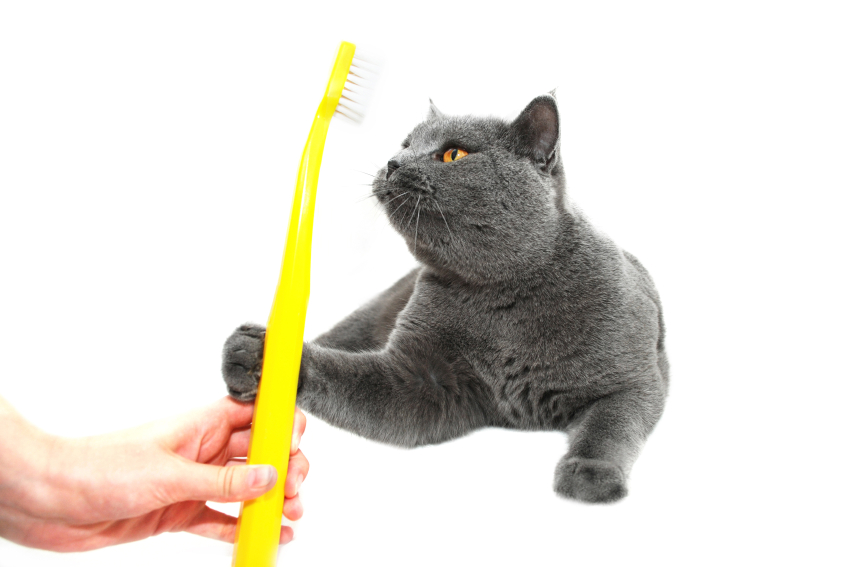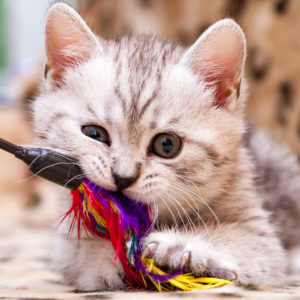It’s that time of year again, Killarney Cat Friends!
February and March are our Dental Focus Months.
To start the season out right, we invite you all to our Annual Wine and Cheese Dental Kick-Off Event on February 3rd at 6pm. As always, there will be prizes, games, info, and FUN!
A bit of info to get you started:
Did you know that periodontal disease is considered the most prevalent disease in cats three years of age and older? If your cat is eating less, dropping food, or if you’ve noticed a foul odor coming from your kitty’s mouth, drop by Killarney Cat Hospital for a Dental Exam! We will examine for tartar, gingivitis, and any outward signs of bone loss (feline “cavities”). Cats should have their teeth examined at least once a year at their annual veterinary visit in order to catch early signs of dental disease.
If your cat needs a dental cleaning, our KCH doctors and technologists are happy to discuss the process with you. Below is an outline of the dental process in step-by-step form:
- When your cat arrives for their dental, they are placed under general anesthetic. Once under anesthetic, there are always two trained Killarney Cat medical personnel monitoring all vital signs throughout the entire procedure. IV fluids, pain medication and a constant source of heat are administered to the patient to ensure the best care is being provided.
- Once your kitty is fully anesthetized, one of our registered technologists takes full mouth X-rays to reveal the integrity of the teeth. While the doctor analyses the X-rays, the registered technologist proceeds to scale and polish the teeth just as our dentists do for us.
- With the addition of clean teeth and the X-rays, the Veterinarian and Registered Technologist begin to chart the diseased teeth. This chart helps lay out the doctor’s plan for any probable extractions. When the charting has been completed, the doctor phones the client to go over their findings. Together, they will make a decision on how the doctor should proceed.
- If there are any diseased teeth causing problems for the cat, our doctors will strongly advise the teeth be extracted as these teeth will cause your cat discomfort and possible infection. The doctor will extract the decided upon teeth with precision while the registered technologist is monitoring the patient. Unlike human dentistry, once the diseased teeth are extracted, the incision site is carefully sutured by the veterinarian for optimal healing.
- When the surgery is complete, reversal agents may be administered as well as more pain medication and antibiotics as needed . The technologist monitors the patient as they become conscious ensuring the patient has no complications and has a smooth recovery from surgery.
- Once we feel your cat is recovered, you may pick them up and take them home the same day as the surgery. We administer long acting pain medication and, if needed, antibiotics as well. It takes 12-24 hours for a patient to fully recover from the anesthetic but once they do, our owners report noticing huge changes in their cats once they starting feeling better and the diseased teeth that caused them pain are gone and extractions sites are healing.
- You can help your cat’s dental health at home by feeding a veterinary approved dental diet as well as brushing your cats teeth. Talk to one of the Killarney Cat Hospital medical team members for more information or for a tooth brushing demonstration.




